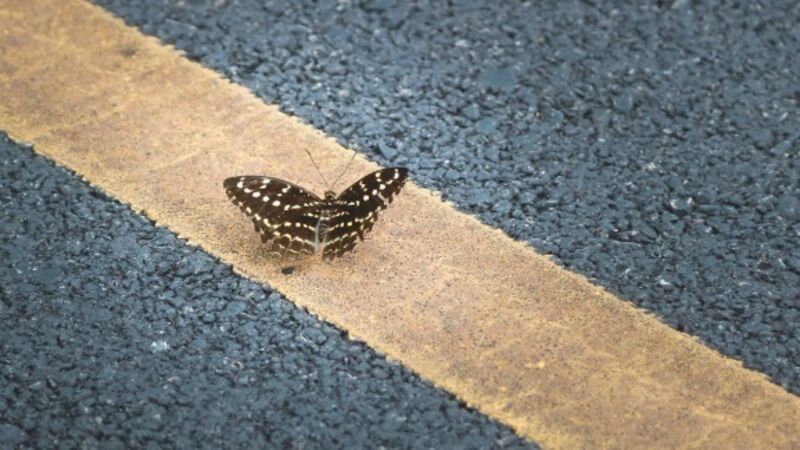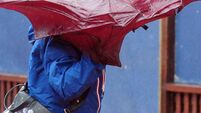Roadway massacre for billions of insects

Moths could be seen, swirling like snow-flakes, in the headlight beams of cars during the 1950s. The windscreen of my father’s Ford Prefect was peppered with squashed bodies. There were still plenty of flying insects in 1997, the year when Mark Hostetler’s That Gunk on your Car: a unique Guide to the Insects of North America appeared. Not any more; Yeats’ white moths have all but flickered out. Only the occasional ‘daddy-long-legs’ crane-fly is likely to be caught in today’s wiper-blades.
“If the bee disappeared from the surface of the Earth,” said Albert Einstein, ‘Humans would have no more than four years to live.” Insects pollinate over 80% of flowering plants. Their disappearance is leading to ‘pollination deficiency’ worldwide. When the insects go, the amphibians reptiles and birds, which feed on them, soon follow.













